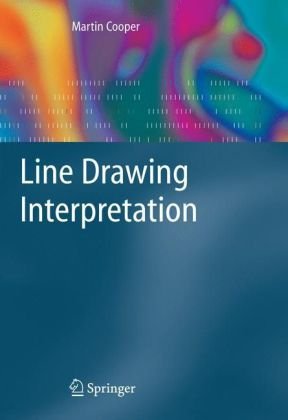

Most ebook files are in PDF format, so you can easily read them using various software such as Foxit Reader or directly on the Google Chrome browser.
Some ebook files are released by publishers in other formats such as .awz, .mobi, .epub, .fb2, etc. You may need to install specific software to read these formats on mobile/PC, such as Calibre.
Please read the tutorial at this link: https://ebookbell.com/faq
We offer FREE conversion to the popular formats you request; however, this may take some time. Therefore, right after payment, please email us, and we will try to provide the service as quickly as possible.
For some exceptional file formats or broken links (if any), please refrain from opening any disputes. Instead, email us first, and we will try to assist within a maximum of 6 hours.
EbookBell Team

0.0
0 reviewsThe computer interpretation of line drawings is a classic problem in artificial intelligence and has inspired the development of some fundamental AI tools, including constraint propagation, probabilistic relaxation, tractable constraints, and (most recently) local simplification of optimisation problems.
Based on the author’s considerable research experience, this book looks at line drawing interpretation and constraint satisfaction, covering several landmark results in the field. It contains state-of-the-art reviews of work in both drawing interpretation and discrete optimisation, and is not just restricted to drawings of polyhedral objects, but also covers complex curved objects. Its novel approach to drawing interpretation combines new constraints with recent advances in soft constraint programming.
The book will become a standard reference in the field with its coverage of many theoretical results with formal proofs, particularly concerning necessary-and-sufficient conditions for realizability, simplification operations for combinatorial problems and tractability of drawing interpretation.
Martin Cooper makes this fascinating topic accessible not only to computer scientists, but also to mathematicians, psychologists and cognitive scientists – indeed to anyone intrigued by optical illusions and impossible or ambiguous figures.